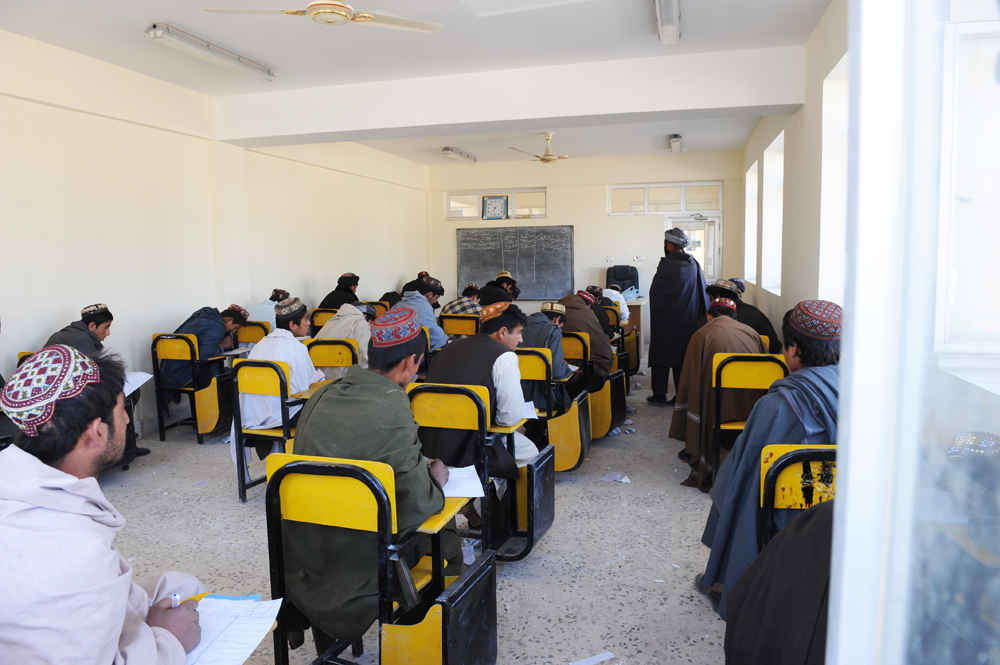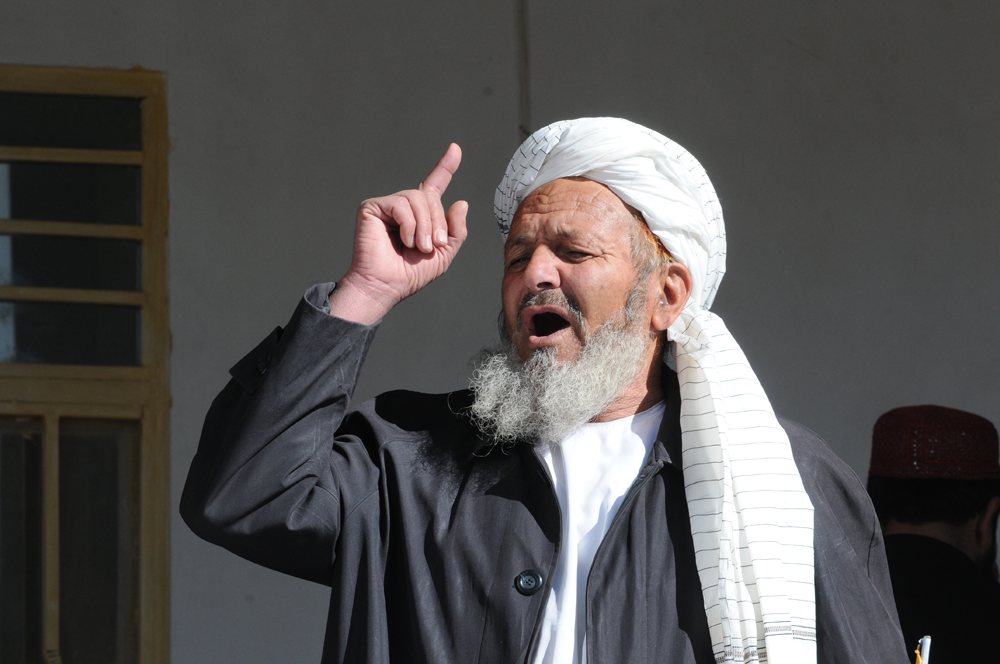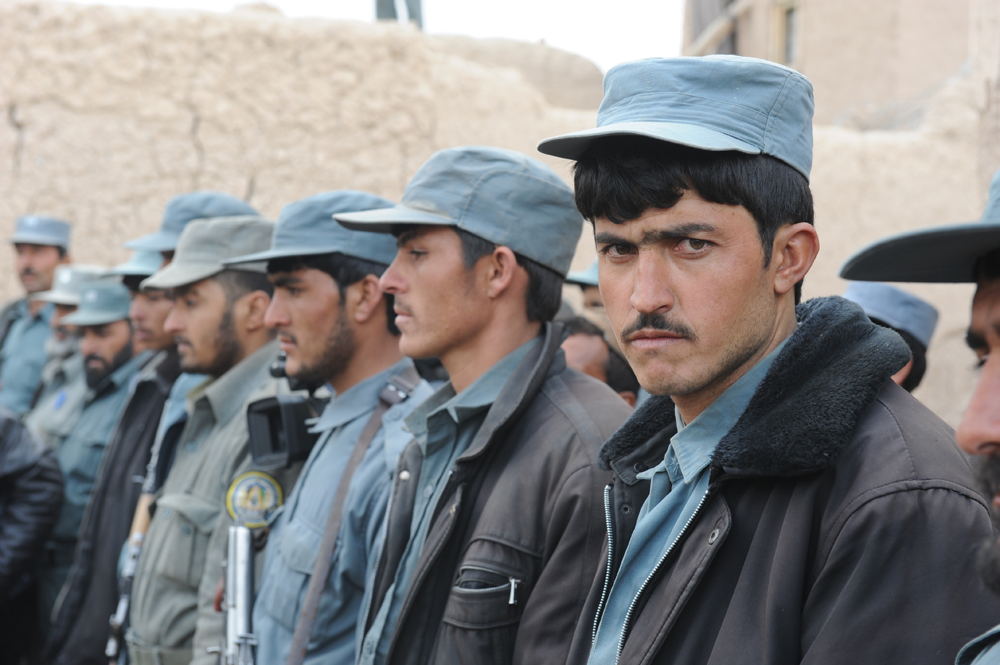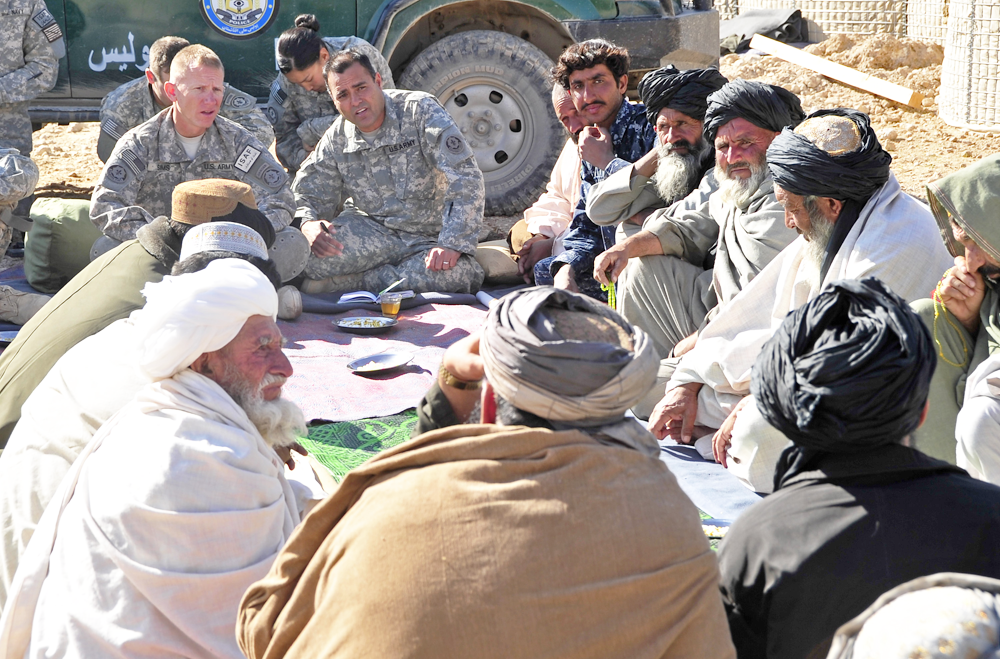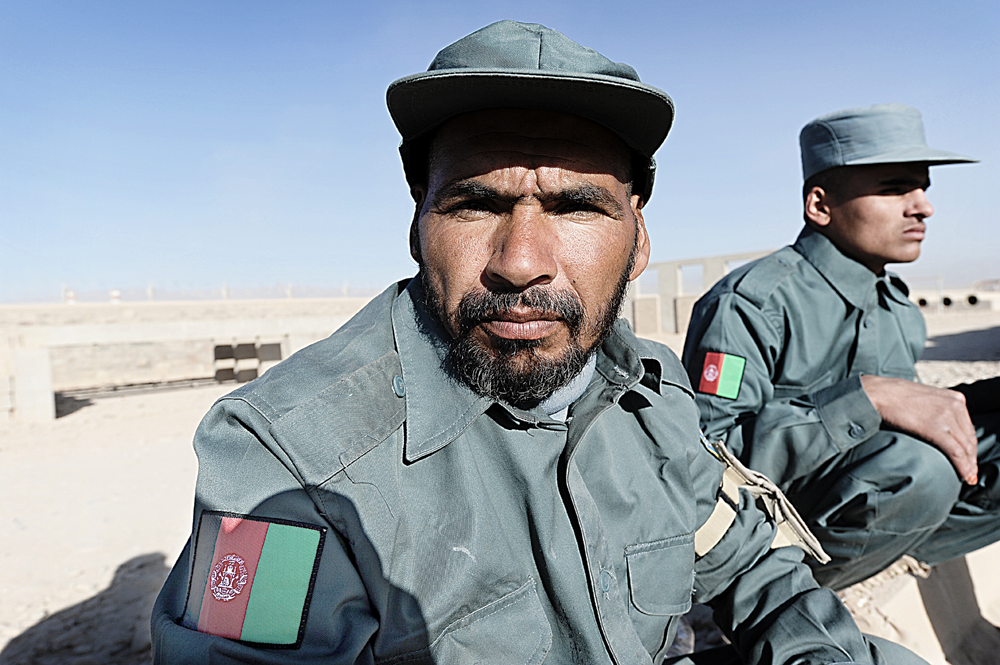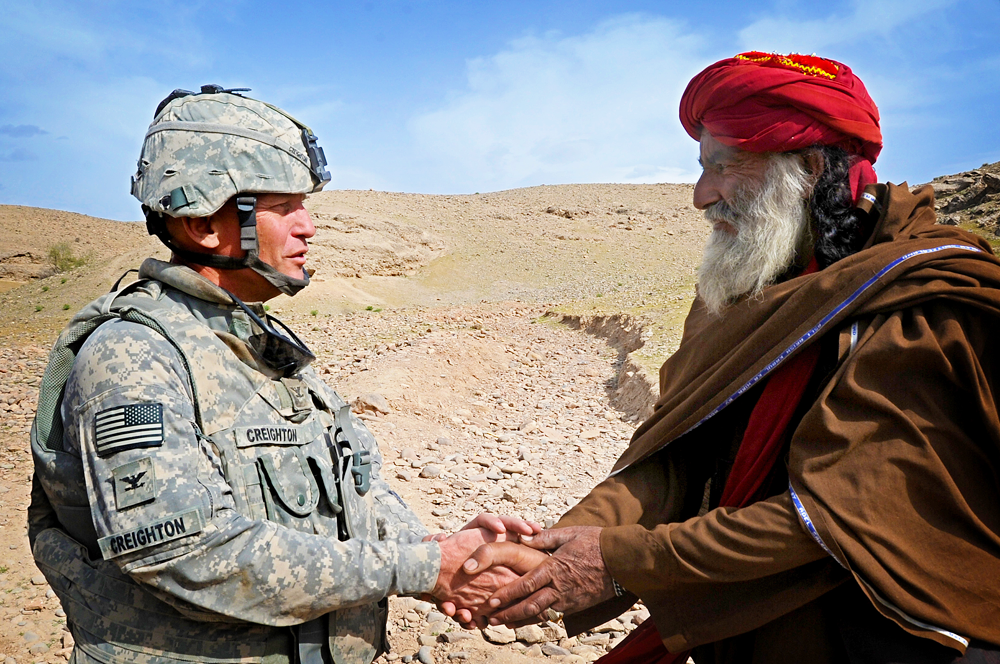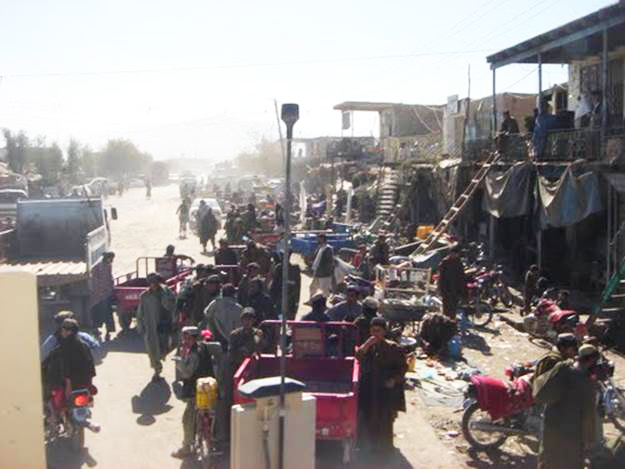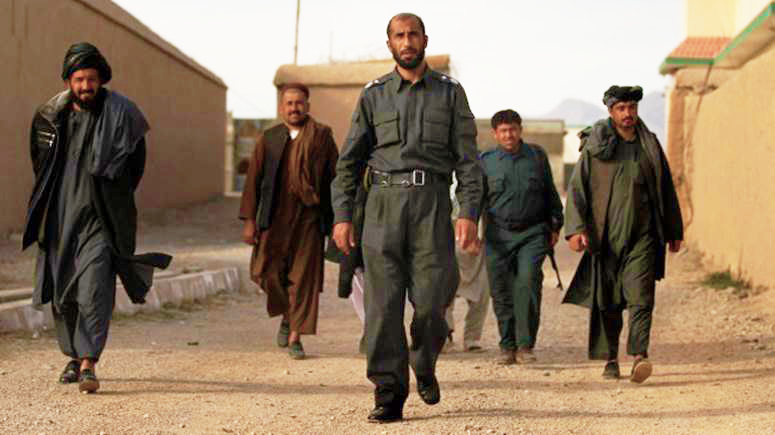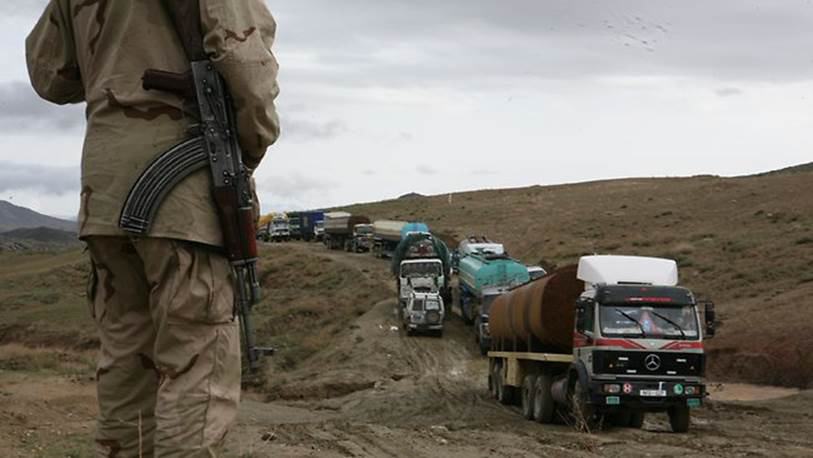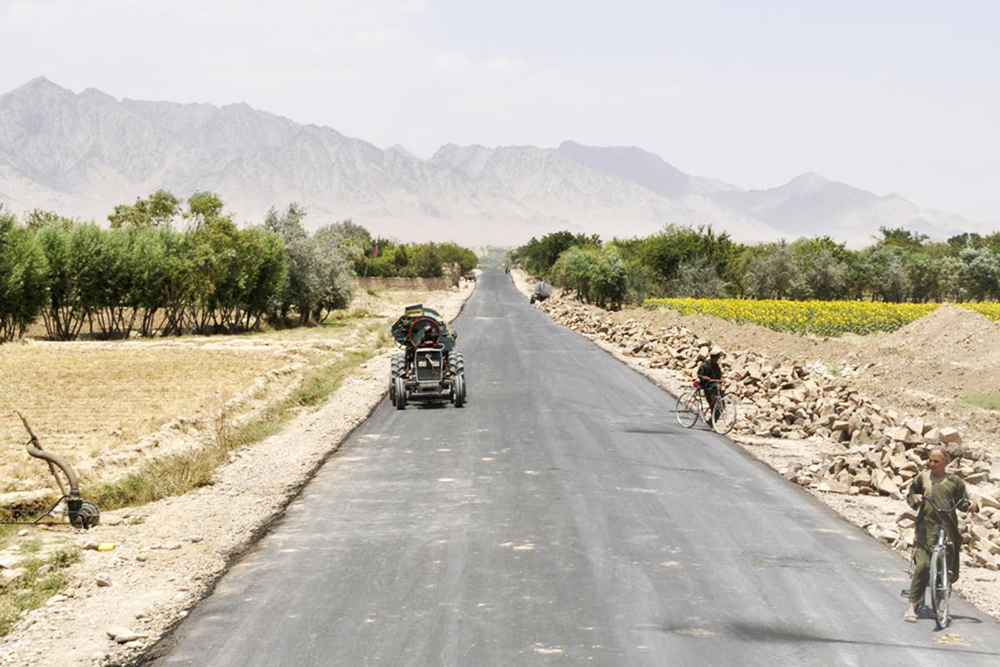LEBRING-SANKT MARGARETHEN, Austria — In my life I have participated in several military parades, but one stands out. As an officer candidate in the Austrian Army, I marched in step to the tune of the “Radetzky March” past a crowd—my Uncle Winfried and Aunt Waltraud among them—down an alley leading to Eggenberg Palace, in Graz.
It was late fall, chilly and dark. Half the members of my company carried torches, which cast eerie shadows on the Baroque exterior of the castle.
As we marched by, crowds spontaneously clapped, some shouting, “Bravo, super Burschen!” (Well done, fine boys!) The shrill bark of red-faced sergeants and long days of monotonous drill were for a brief moment forgotten. Not forgotten were the echoes of past parades and the fate of those who had marched and cheered.
Grand national military parades are waning in most of the West, but in Asia, they are becoming a popular form of statesmanship. This year, lavish pageants of military hardware and marchers in formation will advance down boulevards in India, Pakistan, North Korea and China, as well as in Russia, straddling Europe and Asia.
Continue reading the main story
Yet however alluring and visually striking, these parades embody militarism, the deadly business at the heart of almost all sovereign states. The term “parade” comes from the Latin word “parare,” to prepare. Throughout history, parades have helped prepare citizens for war.
This volume of military parades suggests a dangerously combustible combination of militarism and national insecurity. They often create instability by starting a self-perpetuating cycle of lethal competition.
The 2015 Asian parade of parades began in January in India, which held a Republic Day gala in New Delhi. It featured cultural and religious tableaus woven into an awesome array of military displays. The “chief guest,” Barack Obama—the first American president to attend the event, with the first lady, Michelle Obama—applauded the troops with Prime Minister Narendra Modi and a host of dignitaries.
But these martial displays can prompt other nations—especially on borders—to continue a parade arms race in order to dispel notions of vulnerability and strengthen deterrence.
Following India’s parade, after a seven-year hiatus, Pakistan plans to hold its own Republic Day military parade. Noting President Obama’s visit to India and perhaps a Western tilt toward that country after NATO’s exit from Afghanistan, Pakistan’s prime minister, Nawaz Sharif, was hoping to secure President Xi Jinping of China as his “chief guest” of this year’s ceremony, as both leaders posture for a strategic alliance.
National military parades invite their own bigger and better sequels. Yet leaders of these countries might recall Europe’s experience in the late 19th and early 20th centuries, when countries underwent military innovation and stockpiled arms before the world wars.
Europe’s influence on parades can be found in Asia today in marching techniques, which often feature variations of the Prussian goose step (Stechschritt), especially popular in China, Russia and North Korea. Of the goose step, George Orwell noted that it is “one of the most horrible sights in the world.” He added, “It is simply an affirmation of naked power; contained in it, quite consciously and intentionally, is the vision of a boot crashing down on a face.”
Russia needs no reminder of the awful toll of the goose step. A parade will fill Red Square in May to commemorate the 70th anniversary of the end of World War II, the country’s most destructive war. President Vladimir V. Putin has expanded Victory Day celebrations, feeding his citizens’ reactionary sentiment for Soviet-era military prestige.
Military parades can also publicize military spending. In countries like China, where only a figure for the total defense budget is released, they help show what taxpayer money is buying.
After staging only three military spectacles since 1960, the Communist Party of China aims to “make Japan tremble,” according to The People’s Daily, a state-run newspaper, with a prodigious military parade later this year.
President Xi will reportedly, in an unusual gesture in China’s modern history, invite foreign heads of state to witness this tour de force in Beijing. Leaders of Taiwan, Vietnam and the Philippines may tremble as well.
In Japan, Prime Minister Shinzo Abe has sought to ease postwar constitutional restrictions on the country’s military. Under the aegis of “Abenomics,” the Diet has approved an increase in military spending for three consecutive years.
No one who has ever participated in a military parade can deny the rousing yet mind-numbing sensation that marching in perfect synchronization to the tune of martial music invokes, as well as the peculiar intoxicating bond that is forged between the soldier and the audience.
Marching, you are not allowed to move your head—save the dramatic “eyes right” for the presiding leader—and should restrict your vision to the neck seam of the soldier in front.
This peripheral blindness, however, affects the soldiers, yet also the onlookers, creating what Harold Rosenberg called “a herd of independent minds.”
There is another, more solemn version of the military parade. In June 2012, I stood in a long line of a few hundred American soldiers and contractors flanking left and right the main road of Forward Operating Base Salerno in Khost Province, Afghanistan. A coffin draped with an American flag was slowly carried through the base.
There was no music and no marching in step. A chaplain and a few soldiers of the unit escorted the coffin to a C-130 transport plane waiting on the runway. A loudspeaker shouted out the commands, and even though I was wearing civilian clothes, I instantly assumed a military posture at the order of “Attention!” With no further thought, I also knelt down at the command, “Prepare for prayer!”
When I later wrote about my experience in a story for an Austrian newspaper, many complained that I—as a correspondent—should not have participated in this “hero ceremony.” I felt I almost had no choice.
For a soldier, parades mark the beginning and sometimes the end of military life. For nations, throughout history—and this is what Asia’s leaders should keep in mind—what begins as a parade often ends in carnage and death.
_
To read the piece at The New York Times, click here.


